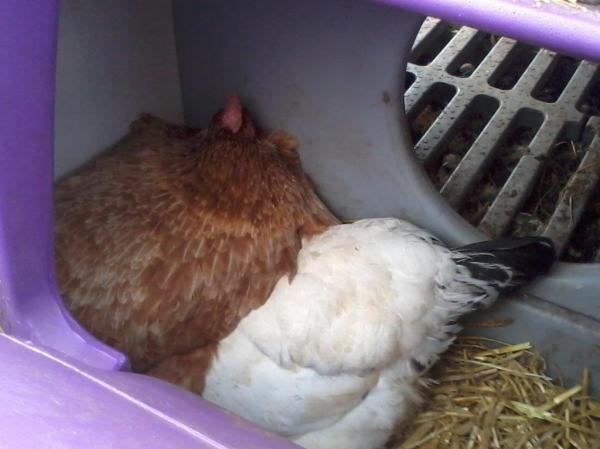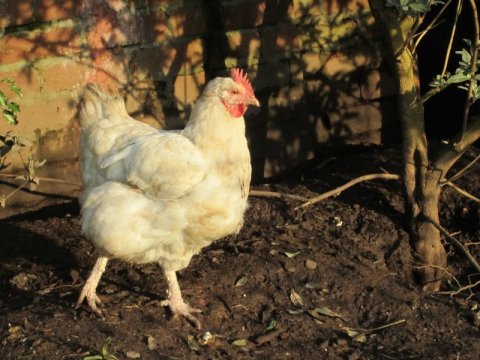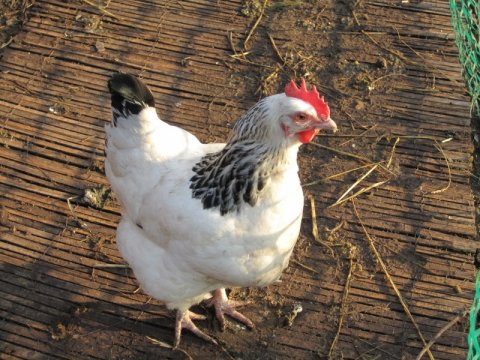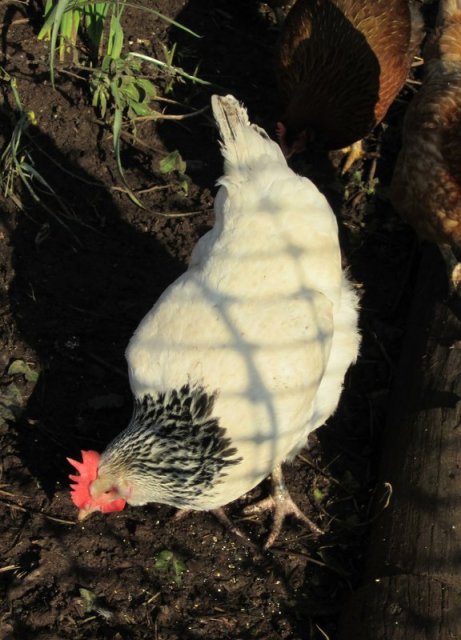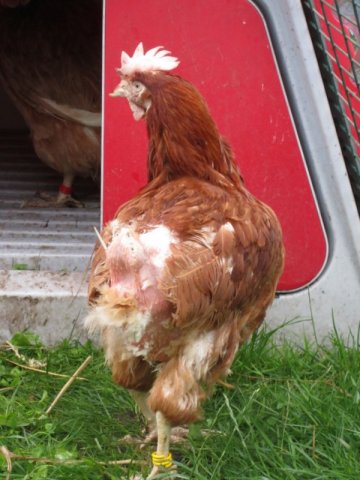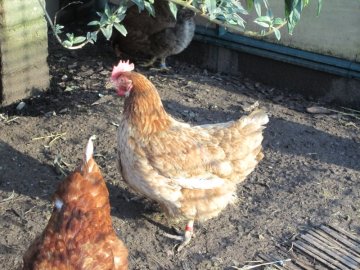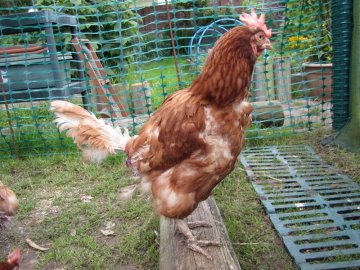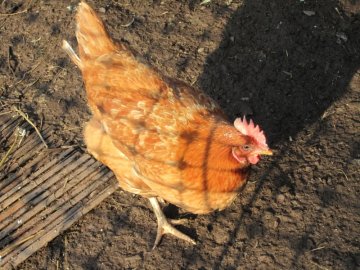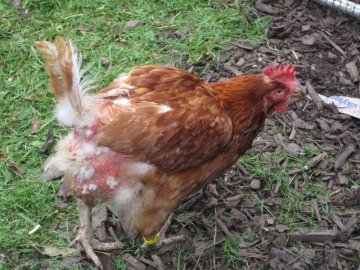For the first three years of keeping hens, I kept meticulous records of their egg production. Which hen and where every day for three years. It was an interesting eggcercise (sorry!) … it proved that with enough hens laying, they pay their own way in foodstuffs etc. But it told me little about their general health or whether different brands of feed made much difference.
Last September we had a major building project in the house, and my desk and computer were packed away for some weeks. So I was unable to use my normal system – or even to find a piece of notepaper and a pen most days! So the counting ceased. Since then, with the building project complete and my desk now up and running again, I simply haven’t bothered to keep such a precise count, simply to make a mental note of roughly how many eggs were laid each day.
So the following observation is just that, an observation rather than a firm statistic! For most of the Autumn and into the winter months, we had an average of one egg a day – from 11-12 hens  Over Christmas I actually bought eggs to ensure a supply while we had visitors
Over Christmas I actually bought eggs to ensure a supply while we had visitors  The rest of the time I simply used whatever eggs we had, when we had them, so we couldn’t have boiled eggs for tea, and only made cakes on an occasional basis. No flans, no fried egg for breakfast, the occasional scrambled egg if we had a thin-shelled or cracked egg. And that’s all. With 11/12 hens in the garden!
The rest of the time I simply used whatever eggs we had, when we had them, so we couldn’t have boiled eggs for tea, and only made cakes on an occasional basis. No flans, no fried egg for breakfast, the occasional scrambled egg if we had a thin-shelled or cracked egg. And that’s all. With 11/12 hens in the garden!
We were concerned that a couple of our girls were under the weather, so we added various supplements to their feed – Avipro, natural yoghurt, mash with added protein (mealworms) and cod liver oil. The various new girls gained weight and feathers, but still didn’t lay any eggs. Even though at least five of them are hybrids, bred to lay all year round 
But then, just past the shortest day, we began to notice the occasional ‘softie’ … an egg without a protective shell, or with a shell so thin it was like parchment … in the litter tray or nest box. So we added some limestone flour to the feed, together with the usual crushed egg shell, to boost their calcium levels.
One day last week we had five eggs!
And yesterday, I collected four eggs, and found two softies in the litter tray.
So the girls are laying again – at least, some of them. Every other day we might have perhaps one or two, but as the length of day grows, they’ll lay more frequently, and for now, every other day will do! The softies may well be from the Barn girls, there’s no way of knowing. They may never lay good eggs having been worn out on a production line before they ever came to us. I could make a guess who is laying from the brightness of their combs – but we have more red combs than eggs, so it’s not an eggzact (sorry – again!) science. And really, that’s not what’s important. The only thing that worried me about such a low egg count over the winter was that they might be unwell. Our girls are here as pets, part of the family, not simply for what they can contribute to our larder. But we did enjoy our boiled eggs for tea on Sunday!
 This is the first instalment of our adventures keeping hens in our urban back garden.
This is the first instalment of our adventures keeping hens in our urban back garden.
